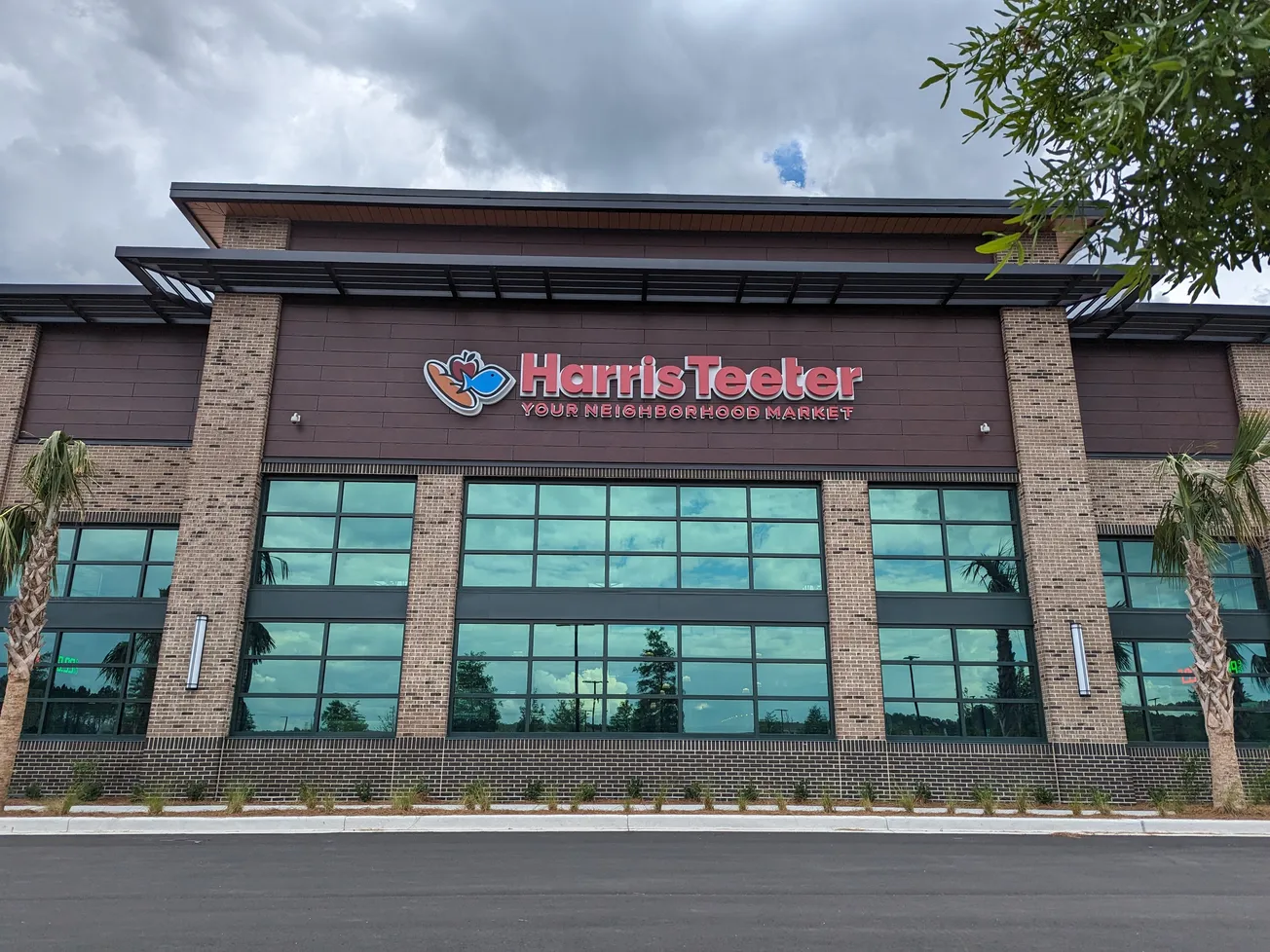
Team members can ‘create a great experience for customers.’
DEERFIELD, Ill. — Everything is on the table as Walgreens works to reenergize its front-end business. As part of a larger review of corporate assets, operations and strategy, the drug chain — the flagship of the Walgreens Boots Alliance (WBA) enterprise — is moving expeditiously to become more responsive to changing customer needs and bolster its stance in a fiercely competitive marketplace.

Tracey Brown
“At the end of the day, it’s all about growth for us and growth for our partners,” says Tracey Brown, executive vice president at WBA and president of Walgreens Retail and chief customer officer. “After the things that all of us have experienced in recent years, we believe that the new normal, both for people and for organizations, means that you must know how to navigate uncertainty and change.
“If you look back over the decades since the Great Depression, there are several companies that grew throughout that time frame, so you can actually start to stitch together a bit of a playbook. What you don’t do is hunker down and just wait for the storm to pass.
“The successful organizations actually leaned into their capabilities, innovation and future thinking. They leaned in and invested in places where they believed they could create differentiation. They focused on very purposeful and intentional actions.”
Walgreens is following their example. The retailer is developing new ways to build on existing strengths at the front end, Brown indicates, including the deep connections it maintains with customers, 10 million of whom visit one of its 9,000 stores every day, and omnichannel capabilities that fulfill 80% of orders within an hour, enabling Walgreens to “reclaim convenience.”
“The last thing is really harking back to what Charles Walgreen knew from the very beginning — it’s about relationships, it’s about people, it’s about connection,” she says. “And we’re going back there. We have 200,000 team members, and we’re unleashing them to create a great experience for our customers.”
The process of revitalizing the front end began with a reassessment of the merchandise mix and an enhancement of the way products are presented in store and online. Following the analysis, the company optimized its retail inventory by addressing slow-moving product categories and reducing the number of items.
“An extreme focus area for us is understanding where and how to simplify the assortment,” explains Brown, “and that changes by store. Data tells us where the top stores for a particular SKU are, and where that SKU isn’t selling. We’re working with our partners by sharing data, showing that in these sections of our footprint, your product’s not selling. At the same time, if a supplier has an innovative product or a better product that is turning, we can work together to do that. But we are not automatically going to conclude that all stores will get the same SKUs. That approach doesn’t work, and we’re not doing that anymore.”
An increased emphasis on private label merchandise, which now accounts for 17.1% of sales at WBA and generally yields higher profit margins than national brands, is another important aspect of the front-end strategy. Brown and her colleagues see the store brand business as having significant upside potential.
“Own brand is a traffic driver,” Brown says, “so we want to increase the instances where we have unique, innovative, only-found-in-Walgreens products. We are one of America’s most trusted brands, and people know they can trust us for health and wellness. You’re going to see us leaning deeply into that category, because we have trust.
“Our own brand will complement products from supplier partners who are willing to be more aggressive, more innovative, and are using data to create value. Those are the partners that we will work for and work with. It will not be come one, come all, because how we serve the customer isn’t come one, come all.”
Modifications in the merchandise assortment are accompanied by the evolution of stores. Walgreens is now in the midst of redesigning “our macrospace and microspace,” according to Brown. As with the product mix, revamped planograms will be deployed in locations where they make sense, depending on the characteristics of a given community and the needs of the people who live there.
Of all the changes afoot at Walgreens, perhaps the most telling is the shift in the way store-level personnel are remunerated. Going forward, compensation will be tied directly to the performance of the store where associates work.
“Those who are closest to our customers and patients know how to serve them best,” says Brown. “Part of our changing the compensation structure was really going back to how Walgreens started — we grew general managers that ran their stores as if it was their business. They were compensated as such. They had the tools as such. They had the empowerment as such. We’re committed to striking the right balance between autonomy and centralization.
“If you’re compensated based on the performance and the growth of your store, that’s a lot different than having the majority of your compensation tied up in what WBA does. You’re not as motivated, because you feel like you don’t have control of what is happening up here, but you should have control of what’s happening at your store. So we began by realigning compensation.”
Walgreens is also providing tools that ease store-level workers’ jobs and free them from mundane tasks to spend more time with customers.
“Of all the things we’re doing, I think this is the unlock that’s actually going to fuel growth. This is everything to me, honestly, and because I grew up as a retailer who understands the importance and the impact of the front line,” says Brown, whose previous experience includes a stint as senior vice president of operations and chief experience officer for Sam’s Club.
“Our competitors can copy what you do in a lot of ways. What they can’t copy is how you deliver at the front line.”









